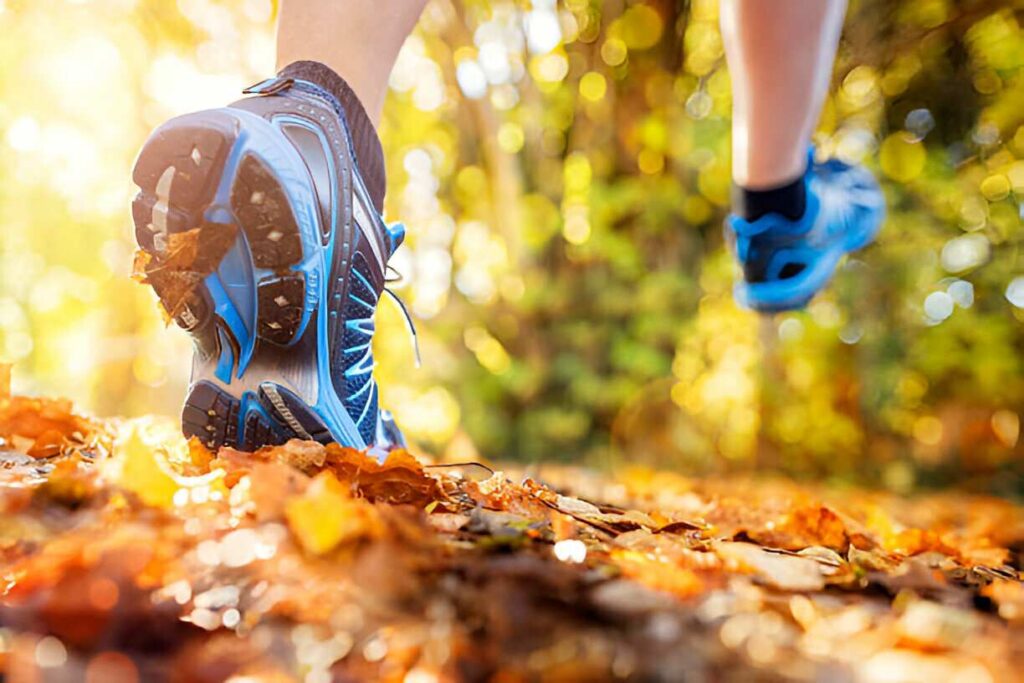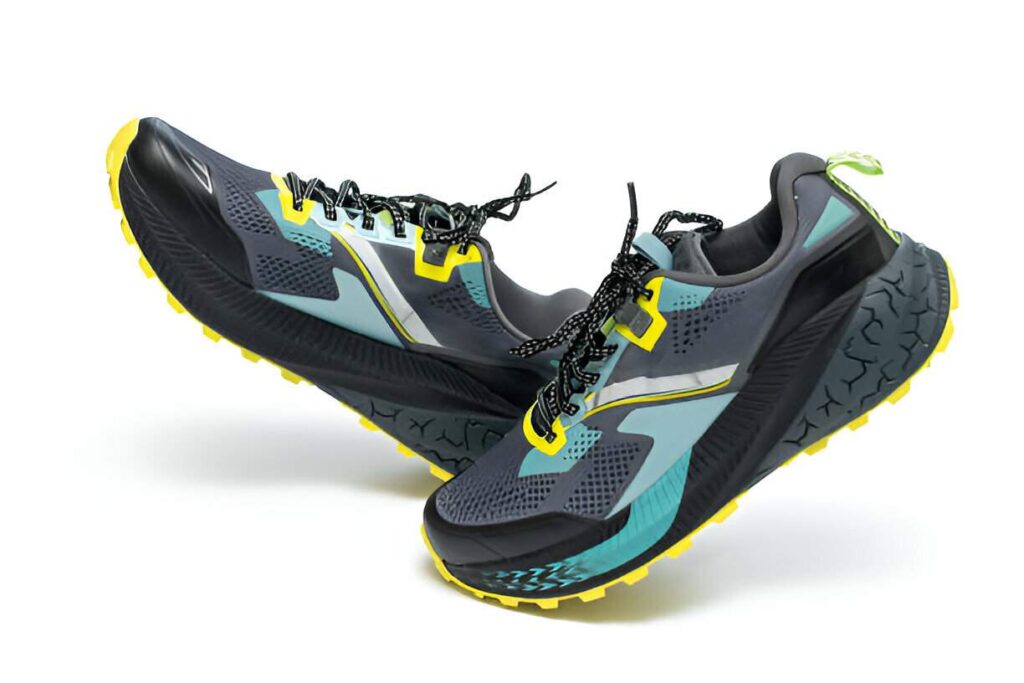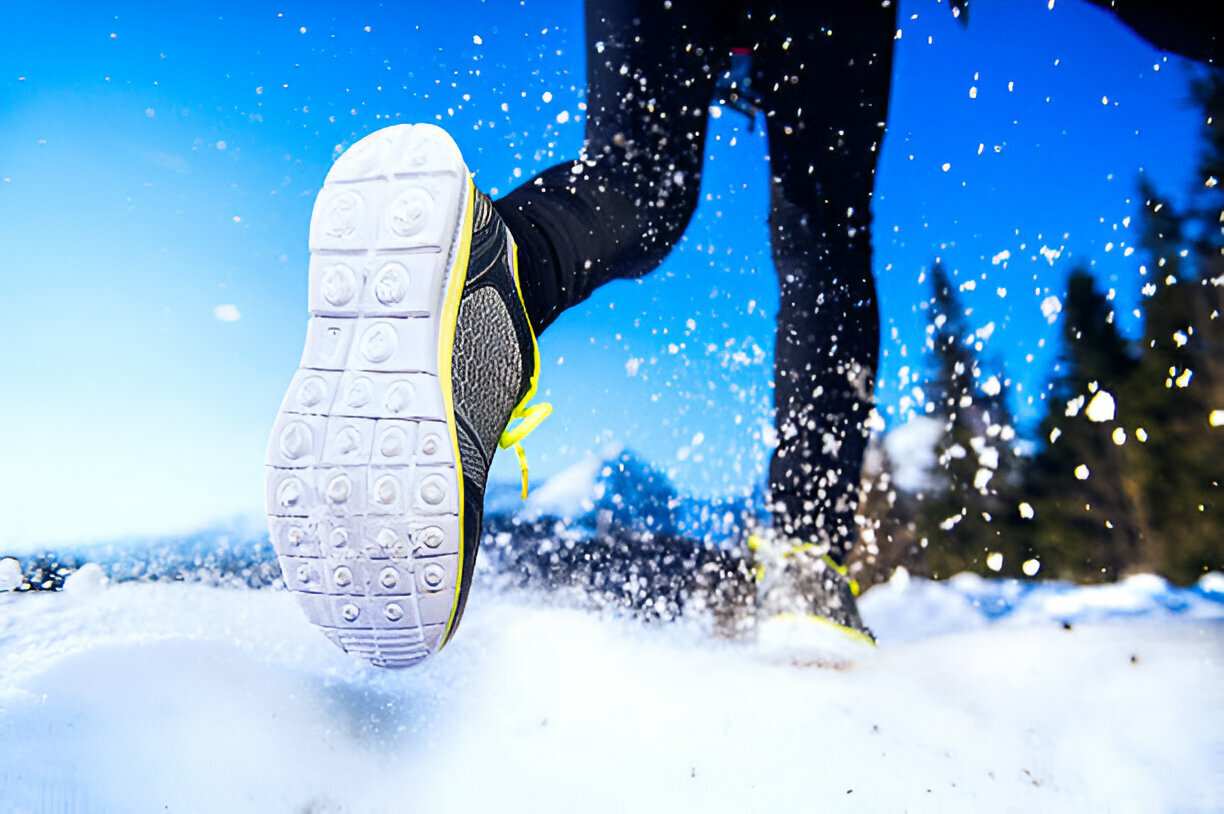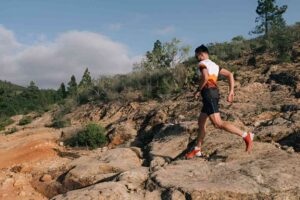Although trail running was established as a sure way to get out of the mundane stresses of life, it also demands for an individual to be well-prepared with the right wear, which can favourably endure this rugged terrain. Choosing the right trail running shoes is very important since it is determinant of comfort, safety, and performance. We will guide you through everything you need to know in finding just the right pair of trail running shoes for your adventure.
Introduction
Ready to hit the trails but don’t know which shoes are best? The correct trail running shoes will give you the support and traction you need to take on any kind of terrain. I’ve been a huge fan of running on trails myself, trying out shoes—in fact, loads of them—and can assure you that a properly fitting, high-performance pair makes all the difference. Whether you’re just starting out or a seasoned athlete, this article can help you make the right choice for your best trail running shoes.
What You’ll Need
Before embarking on your journey to find the best trail running shoes, it’s important to familiarize yourself with what really makes or breaks a good trail running shoe. First would be knowing the kind of terrain:
Shoes for rocky, muddy, or mixed terrains
- Alternatives: Road-to-trail shoes for highly non-technical paths
Cushioning: Level of Impact Protection
- High-cushion shoes for long distances and really rough ground
- Alternatives: Low-profile, minimalist shoes that give one a more natural feel
Comfort Fit: Comfort and Space
- Shoes that fit snug right around the foot but have some room for toe splay.
- Options Roots either wide or narrow, depending on the shape of your foot.
Traction
- Aggressive lugs rip into slippery and loose surfaces.
- Options: Moderate lugs allow for versatile use.
Durability
- The reinforced uppers and robust outsoles can withstand daily abuse.
- Options: Lightweight materials that sacrifice durability for speed.
Water Resistance
- Waterproof shoes keep feet dry in wet conditions; water-resistant shoes shed water but aren’t fully sealed.
- Options: Quick-drying shoes are perfect for hot and dry cl

Detailed Steps for Choosing the Best Trail Running Shoes
Step 1: Identify Your Trail Type
The type of terrain you’re going to be running on significantly affects the kind of shoes you should choose. On rocky trails, look for shoes that provide excellent protection at the toes and are fitted with sticky rubber outsoles. On paths that are really sloppy, make sure to choose those with deep, fairly aggressive lugs to grip the ground.
Pro Tip: When running on mixed terrains, opt for versatile shoes that can balance grip and cushioning.
Step 2: Determine Your Cushioning Needs
The amount of cushioning affects comfort and impact absorption. In case you have plans for long runs or have a history of problems with your joints, then opt for shoes with ample cushioning. If one prefers a closer connection to the ground while running, then shoes with less cushioning might be the way to go.
Pro Tip: Run in different levels of cushioning for a feel of what works best on your feet and legs.
Step 3: Find a Good Fit
When it comes to trail running shoes, fit is the most important thing. Your shoes should fit firmly around the midfoot and heel but allow your toes room to move about comfortably. Another thing to consider is that your feet swell over the course of a long run, leaving space accordingly.
Pro Tip: Specialty running shops can fit you professionally, while some online guides can help, too.
Step 4: Check Traction
One needs traction to feel stable on ground surfaces. The aggressive lug shoes give a good performance on most slippery and uneven surfaces, while the one with a moderate lug may help one in mixed conditions.
Pro Tip: Multidirectional lugged shoes provide better grip in both ascent and decent moves.

Step 5: Check Durability
Durability is most needed, especially when one is running frequently or on rugged trails. Look out for shoes with reinforced uppers and durable outsoles. The light ones may not be that rugged, but they enhance speed and agility.
Pro Tip: Read the reviews and check for shoes that have fared well on the terrain you run regularly.
Step 6: Check Water Resistance
The water resistance can make all the difference in wet conditions. On the other hand, waterproof shoes can give you dry feet but cut breathability. Quick-drying shoes do much better in hot and dry conditions but won’t impede the penetration of water.
Pro Tip: If you are deciding between the two—Waterproof or Quick-drying,—you want to think about your local climate and what kind of trail conditions you normally experience.
Step 7: Test and Adjust
Try out short runs in any pair selected to test if they are suitable for your needs. See how much discomfort or which problem one effectively realizes from their use. It may require several runs to breake them in and to adjust to their feel.
Pro Tip: Track how your feet and legs feel after every run so you will know if there will be any sort of issue with the new shoes.
Conclusion
If you go for the best trail running shoes, you are guaranteed a safe and most enjoyable experience on your trail running. You will find your best match according to your needs when considering terrain, cushioning, fit, traction, durability, and water resistance. Was this guide helpful? Share your thoughts in the comments below and let us know what your favorite trail running shoes are. If you liked this post, please don’t forget to share it with your fellow trail running buddies. Happy trails!
Recall that the right shoes can make all the difference – choose wisely and enjoy the runs!








